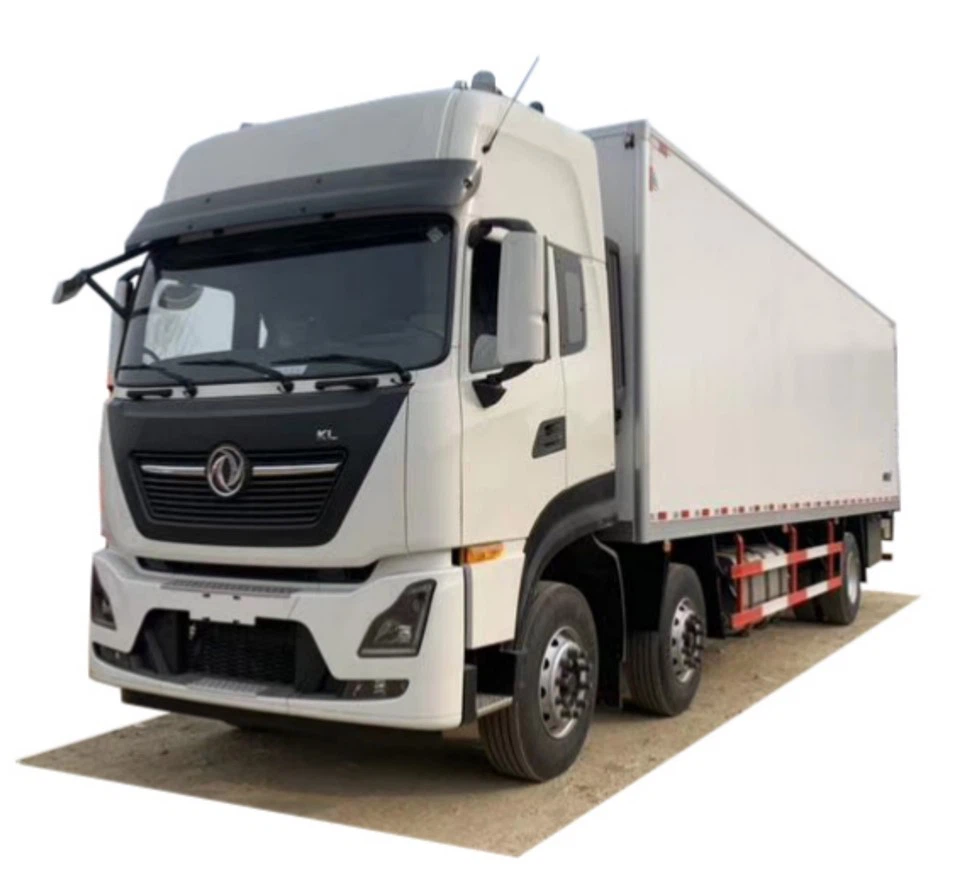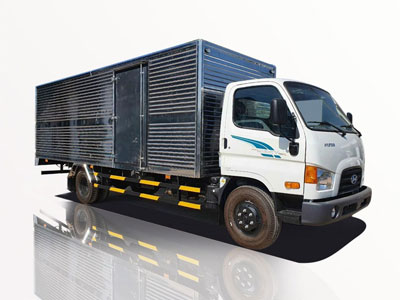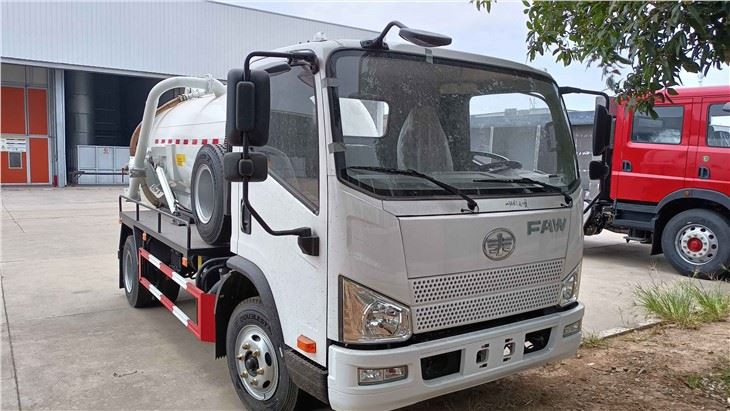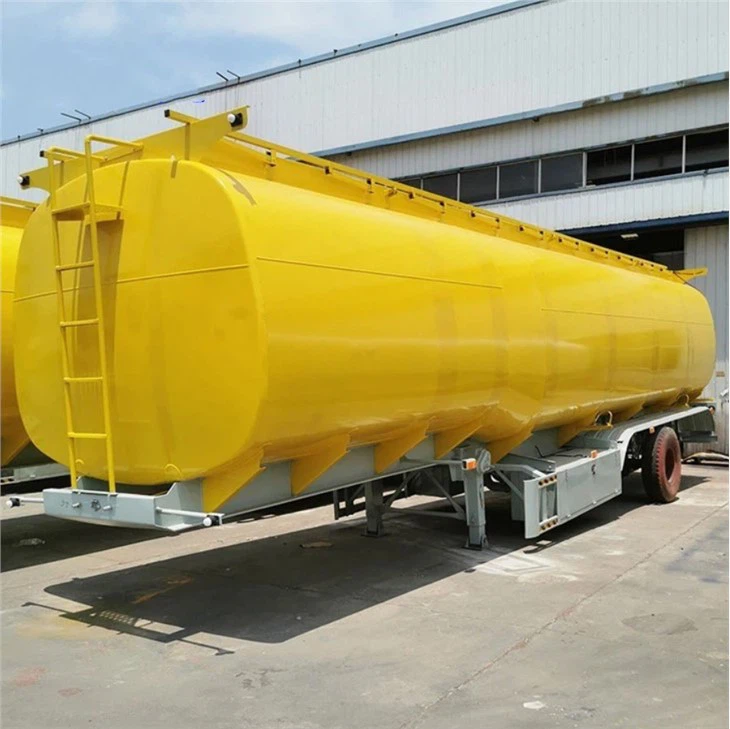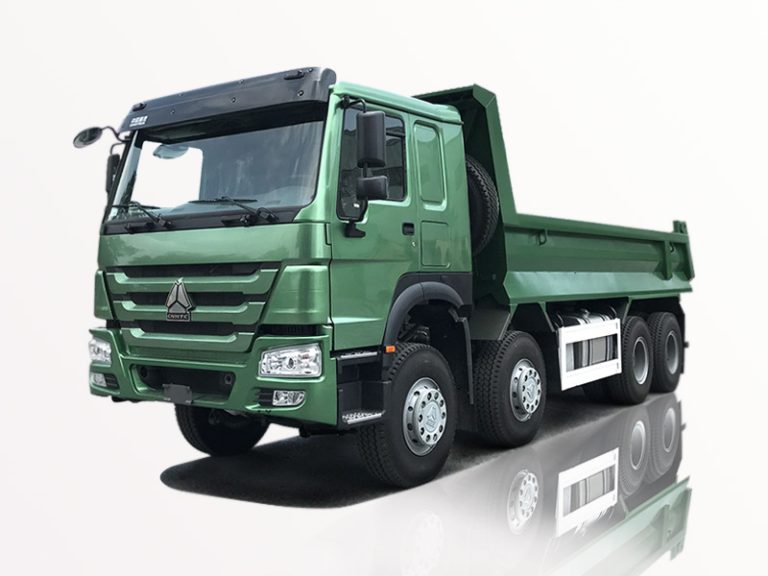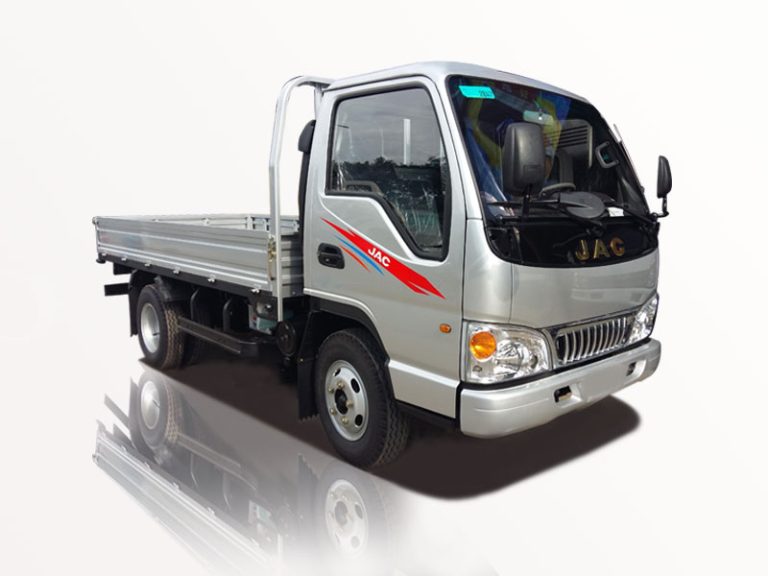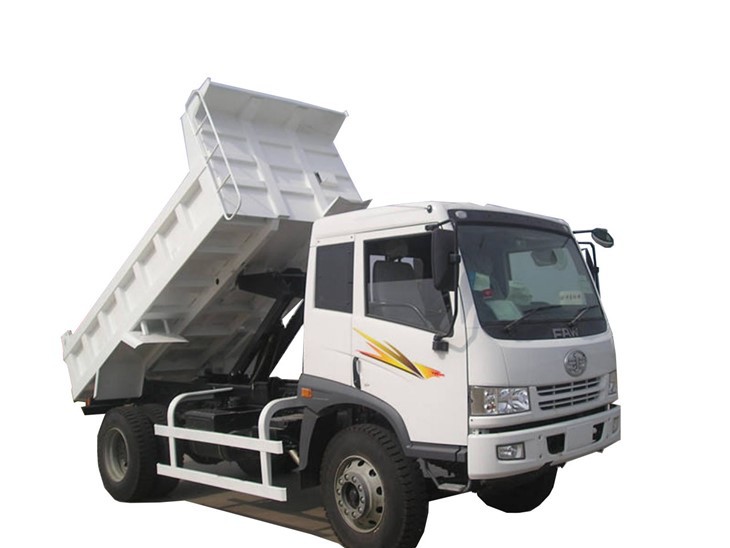The future of waste management is here, and it comes in the form of automated side loader refuse trucks. As urban areas continue to grow, the need for efficient waste collection becomes increasingly critical. Automated side loader refuse trucks have revolutionized how municipalities and waste management companies approach refuse collection. This article explores what automated side loader refuse trucks are, their benefits, working mechanisms, types, and advantages over traditional refuse collection methods.
Table of Contents
- What are Automated Side Loader Refuse Trucks?
- How Do They Work?
- Advantages of Automated Side Loader Refuse Trucks
- Types of Automated Side Loaders
- Choosing the Right Automated Side Loader Truck
- Real-World Examples
- Maintenance and Care
- Future of Automated Side Loaders
- Frequently Asked Questions
What are Automated Side Loader Refuse Trucks?
Automated side loader refuse trucks are specialized vehicles designed to enhance the efficiency of waste collection services. Equipped with a robotic arm and advanced features, these trucks can collect waste with minimal human intervention, allowing operators to focus on other tasks while ensuring that refuse is picked up promptly and safely. Unlike conventional refuse trucks, which rely primarily on human crew members to lift and empty containers, automated side loaders leverage technology to streamline the entire refuse collection process.
Key Features of Automated Side Loader Refuse Trucks
- Robotic Arm: The standout feature of these trucks is their automated arm, which can extend, lift, and empty bins from the side of the vehicle.
- Sensors: Equipped with sensors, these trucks can detect bin locations and avoid obstacles, ensuring efficient navigability in urban settings.
- Remote Operation: Some models allow for remote operation, enabling operators to control the truck from a distance, enhancing efficiency and safety.
- Payload Capacity: Automated side loaders are designed to handle large payloads, commonly ranging from 10 to 12 tons, streamed by efficient compaction mechanisms.
How Do They Work?
The operation of automated side loader refuse trucks relies on a blend of advanced mechanics and technology. Here’s a breakdown of their working mechanism:
1. Navigation
Automated side loaders are equipped with GPS systems and various sensors to help them navigate city streets and recognize collection points accurately. The navigation system works in tandem with pre-loaded route maps to optimize efficiency.
2. Waste Collection
Once the truck reaches a collection point, the operator activates the robotic arm remotely. The arm extends to grasp the waste bin, lifts it, and empties its contents into the truck’s loading area. This process is executed quickly and safely.
3. Compaction and Storage
Once the refuse is collected, the truck’s internal compaction system compresses the waste material, allowing for greater storage capacity. This feature minimizes waste overflow and ensures that the truck efficiently utilizes its payload capacity.
Illustration of the Operation Process
| Step | Description |
|---|---|
| 1 | Navigate to waste collection point using GPS and sensors. |
| 2 | Activate robotic arm to grasp and lift the waste bin. |
| 3 | Empty the contents of the bin into the truck. |
| 4 | Compacting the waste for optimal storage inside the truck. |
Advantages of Automated Side Loader Refuse Trucks
Automated side loader refuse trucks come with numerous benefits that contribute to more effective waste management strategies. Here are some noteworthy advantages:
1. Increased Efficiency
The automation of waste collection significantly speeds up the process. Fewer personnel are required, allowing for more streamlined operations. This efficiency saves time, reduces labor costs, and improves collection schedules.
2. Enhanced Safety
By minimizing the number of employees required to handle heavy waste containers, automated side loaders reduce the risk of workplace injuries. The robotic arm limits human interaction with hazardous waste and erratic traffic conditions, ensuring safer operations.
3. Environmental Benefits
Automated collection allows for tighter collection schedules, which means less fuel consumption and a reduction in greenhouse gas emissions. Moreover, the trucks are built to be more environmentally friendly with improved fuel efficiency and lower operating emissions.
4. Improved Service Quality
With automated side loaders, municipalities can offer more reliable waste collection services. These trucks are capable of maintaining consistent schedules, leading to fewer missed pickups and higher satisfaction rates among residents.
5. Optimized Labor Allocation
Workers can be reallocated to other essential projects rather than being tied to manual waste collection. This labor optimization ensures that municipal resources are utilized effectively across various sectors.
Types of Automated Side Loaders
1. Single-Arm Side Loaders
This type features a single robotic arm that can extend to collect waste bins from the side of the vehicle. Single-arm side loaders are more compact and suitable for smaller urban areas or projects with limited space.
2. Dual-Arm Side Loaders
Equipped with two robotic arms, these trucks can collect two waste bins simultaneously, significantly decreasing the time taken to complete pickups. Dual-arm loaders are ideal for high-density housing areas.
3. Rear-Loaders with Side-Loading Capability
Some refuse trucks combine rear-loading and side-loading capabilities, allowing greater flexibility in waste collection. These multi-functional trucks can adapt to various collection scenarios effectively.
Choosing the Right Automated Side Loader Truck
Selecting the appropriate automated side loader refuse truck for your waste management needs involves several considerations. Here are practical tips:
1. Assess Your Collection Needs
Understand the volume of waste generated in your area. The required capacity will determine the size and type of truck you need.
2. Evaluate the Terrain
Consider whether the truck will navigate hilly, narrow, or urban roads. Some trucks are designed for rougher terrains and may be better suited for rural areas.
3. Budget Consideration
Automated side loader trucks can vary significantly in price based on features, capacity, and brand. Set a budget that includes maintenance and operational costs.
4. Explore Rental Options
If your needs are temporary, explore rental services that offer automated side loader trucks. This option can provide flexibility without long-term financial commitments.
Real-World Examples
Several municipalities and organizations have successfully integrated automated side loader refuse trucks into their waste management systems. Here are a few notable examples:
1. San Francisco, California
San Francisco’s Public Works Department has adopted automated side loaders to combat the city’s unique waste challenges. The efficiency of these trucks has contributed to a higher recycling rate and overall improved waste management.
2. Toronto, Canada
Toronto’s waste management service has implemented automated side loaders, resulting in cost savings and enhanced service delivery. The automated system has improved reliability, with fewer complaints regarding missed pickups.
3. Melbourne, Australia
With a growing population, Melbourne has shifted to automated side loaders for residential waste collection, maximizing operational efficiency and reducing carbon emissions from waste collection processes.
Maintenance and Care
Regular maintenance and care are crucial for the longevity and efficiency of automated side loader refuse trucks. Here are some key maintenance tips:
1. Regular Inspections
Conduct weekly inspections of the truck’s mechanical components, including hydraulic systems, sensors, and the robotic arm. Identify any signs of wear and tear early.
2. Cleaning
Keep the truck clean to avoid rust and corrosion, particularly in coastal or humid areas. Regular washing prevents the buildup of debris that can interfere with operations.
3. Scheduling Maintenance
Establish a maintenance schedule based on the usage and mileage of the truck. Timely servicing can prevent breakdowns and extend the lifespan of the vehicle.
4. Training Operators
Ensure that operators receive thorough training in the mechanization of automated side load trucks to handle them effectively and safely, focusing on both operational and safety protocols.
Future of Automated Side Loaders
The future of automated side loader refuse trucks looks bright, with advancements in technology poised to further enhance their capabilities. Here are some anticipated trends:
1. Integration with Smart City Initiatives
As cities become smarter, automated side loaders will be integrated with IoT devices to monitor waste levels in real-time. This will allow for dynamic routing based on demand.
2. Electric Vehicles (EVs)
There is a strong push towards electric-powered refuse trucks. The adoption of electric automated side loaders will not only reduce emissions further but will also decrease operating costs over time.
3. AI and Machine Learning
Future models may leverage AI for optimized collection routes, predictive maintenance, and enhanced operational efficiency, contributing to more sustainable waste management solutions.
Frequently Asked Questions
1. What is the average cost of an automated side loader refuse truck?
The cost can vary widely depending on brand, features, and specifications, typically ranging from $250,000 to $500,000.
2. How does the maintenance of automated side loader trucks differ from traditional refuse trucks?
While both require regular maintenance, automated side loaders often require specialized care for their robotic and electronic systems, along with standard mechanical checks.
3. Can automated side loader refuse trucks operate in bad weather?
Yes, these trucks are designed with all-weather capabilities; however, severe weather conditions may affect performance and operational safety.
4. How can municipalities reduce the costs associated with automated side loader trucks?
By optimizing routes, properly maintaining vehicles, and training operators, municipalities can significantly reduce overall costs.
5. Are there limitations to automated side loaders?
Yes, limitations can include their size in narrow streets and the need for stable curbside conditions. They also require defined waste collection routes.
6. How can residents ensure proper waste collection with automated side loaders?
Residents should place their bins curbside on designated collection days and ensure bins are clear of obstacles to facilitate efficient pickup.
